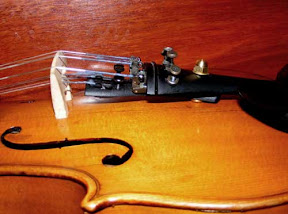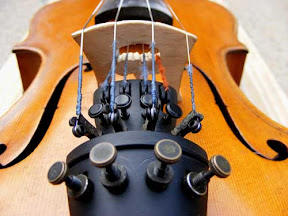Posted by Jerry on February 4th, 2008 — Posted in Motorcycling, Steam
I had seen brief references to a pacing motorcycle built by the Stanley brothers – makers of the Stanley steam car, but I had not seen any photos until this one turned up on the Stanley Motorcarriage website, along with a few technical specifications. Please email me if you have any further information about this steam motorcycle

Cheers
Jerry
2 Comments »
Posted by Jerry on February 2nd, 2008 — Posted in Journal, Woodwork
The Woodwhisperer provides a great series of video podcasts outlining all of the steps needed to make a mission-style Arts and Crafts Movement table. In this first podcast he discusses the design process, using Google’s ‘Sketch-up’ 3D modeling program to develop a materials cutting list. He then steps through the process for preparing the lumber and then the joinery options. Watch all three videos, starting with #11 shown below to get the complete project – loaded with information for the woodworker
Enjoy!
Cheers
Jerry
Comments Off on Making an Arts and Craft table
Posted by Jerry on January 31st, 2008 — Posted in Journal, Music, Woodwork
I’ve been reading Bruce Ossman’s book: Violin Making: A Guide for the Amateur . This is an excellent book showing with clear diagrams every stage of violin construction. My only minor criticism is the mix of metric and imperial measurements – thicknesses are in 1/32″ while lengths are in centimetres – but the clear diagrams throughout are very self explanatory.
. This is an excellent book showing with clear diagrams every stage of violin construction. My only minor criticism is the mix of metric and imperial measurements – thicknesses are in 1/32″ while lengths are in centimetres – but the clear diagrams throughout are very self explanatory.
From this I have adapted the techniques of traditional violin making to design and begin construction of a pochette – a kind of travel fiddle popular in the eighteenth century by itinerant dancing masters.

So far I have the mold made and the ribs cut to size and thicknessed. A friendly luthier gave me a spare violin neck with which to try the experiment – I’ll blog progress with this, my latest woodworking project 🙂
Cheers
Jerry
Comments Off on Making a pochette
Posted by Jerry on January 18th, 2008 — Posted in Journal
On 18 January each year since the 2003 bushfires that devastated Canberra, we photograph our garden as a measure of our garden’s recovery since the bushfires took it back to scorched earth. It is a time to reflect on our own lives and on what is important to us since confronting the fires head-on and realising that all that we had could have been snatched away in an afternoon. We were fortunate and escaped with minor damage to the house and no injuries. Our house was only three houses back from the main fire front as it crossed into Holder and Duffy. And even five years on the house next door still bears damage from that day.

One of the biggest challenges in establishing a garden from bare earth in Canberra has been the five-year drought that has left us with annual water restrictions. We recycle gray water from the washing machine and air conditioner and focus on a few plants at a time to establish them – and hope for the best.

We learned a great deal about ourselves that day in 2003 – how we can depend on each other, how we stand up to a crisis, and how in the face of immediate threat we focus on our immediate needs and the range of our own effort – and that in a major disaster, those services we depend on in an emergency are quickly overwhelmed and we stand or fall by our own efforts and our wits.

We learned too about community and how in times of difficulty the local community works together. Those friendships formed in adversity remain solid five years on.
That tree pictured in the scorched image above is now our dining table – a lasting marker of a day that changed the lives of many Canberra residents – a day that helped us to appreciate what we have in life.

1 Comment »
Posted by Jerry on January 14th, 2008 — Posted in Journal, Music
Yes, it’s been the bane of my Hardanger fiddle (hardingfele) – the lack of fine tuners for the sympathetic strings. Today all that is changed! When I made the new bridge and reshaped the nut I did try hooking a one-quarter size tailpiece over the main tail-piece to get eight fine tuners – string adjusters – but that placed the adjusters right up against the bridge – even with the tail-gut shortened.
After some measurement, I figured that if I could push the under-tail-piece back by 1.5cm I could position the bridge in the correct place, and not have the string cotton windings sitting on the bridge.
The answer lay in a 3/16″ bolt. I lined up the two tail-pieces in the vice and drilled through them both to achieve the right overhang. I then threaded a bolt up through the quarter size tail-piece, then placed a nut between the two tail-pieces to provide clearance for the upper fine-tuners to work, and then finished the top with a washer and nut.

After re-assembly I can now state that the double-decker tail-pieces still clear the violin’s belly by a good margin and now allow for fine tuners on all eight strings!

If you have fitted fine tuners to a hardanger fiddle – please let me know and perhaps share a photo
Cheers
Jerry
Comments Off on Hardanger fine tuners











